
Thursday, April 7, 2016
April showers bring rivers of flowers. That was our version, waking up on Thursday, April 7, 2016. The water in the canal was rushing past the living room, bearing downstream rivulets of pink cherry blossoms washed down from the trees lining the street.
We took our time mobilizing, dawdling over breakfast pastries from Boulangerie Liberté on Teramachi-dori “shopping” street, which has several good bakeries, as well numerous tempting shops, including Zohiko, a shop offering premium urushi lacquer, made with the sap of Japanese lacquer trees. The predecessor of Zohiko, Zoge-ya, dates from 1661. Zohiko is north of Nijo-dori.
The weather was discouraging, a classic museum day. Our first inclination was to consult the Internet for “best rainy day options for Kyoto”, but ironically, our Internet was down. Eventually, after perusing a Japan Society book on Japanese art museums in the apartment, detailing entries on prior favorites (Naoshima Island and the Kawai Kanjiro House), we decided an excursion further afield by train, to Sagawa Art Museum, was in order.
After a warming ramen lunch at Omen, our waitress steered us to the right bus (205 or 17), southbound to Kyoto Station, running on the street between 2 huge dueling department stores, Takashimaya and Kyoto Marui . This bus ride was the start of a transportation trifecta, leading to a 21 minute train ride to Katata, and finally, either a 15 minute bus ride or a cab to Sagawa Art Museum, on the shores of Lake Biwa.
Arriving in Katata, I chatted with the bus driver in my limited Japanese. It was clear he didn’t speak English.
“Kono busu wa, Sagawa-no-bijutsukan ni, ikimasu ka?”
Roughly translated, that’s : (This bus, to Sagawa museum, goes?”)
There was no mistaking his emphatic head shake NO.
He reached for a time table and consulted it. The bus we needed…wouldn’t come until too late for the museum. (He pointed to the time and his meaning was clear.)
Me: “Taksi no houga ii desu ka?” ((Taking a) taxi is better?”
Bus driver: “Hai!”
Actually taking a taxi was better: only 7 minutes away and about $15 US. Walking would have chewed up our time for seeing the museum, and we had already rescheduled for later a visit to a most delightful and dangerous place, Robert Yellin Yakimono Gallery, near Ginkakuji in northeast Kyoto.
“Chatting” with Robert, a dealer in contemporary Japanese ceramics, via Facebook Messenger earlier that day had strengthened our rain-weakened resolve to head to the museum.
The building is a stunner, evoking a regal metal bird crossed with a Japanese farmhouse, surrounded by a lagoon of water.
It highlights the work of 3 main artists, sculptor Sato Churyo, painter Hirayama Ikuo and the third and newest addition, 15th generation ceramicist Raku Kichizaemon, who designed the wing housing his and his sons’ work. This section is underground and befitting its subterranean location, is dark and mysterious.
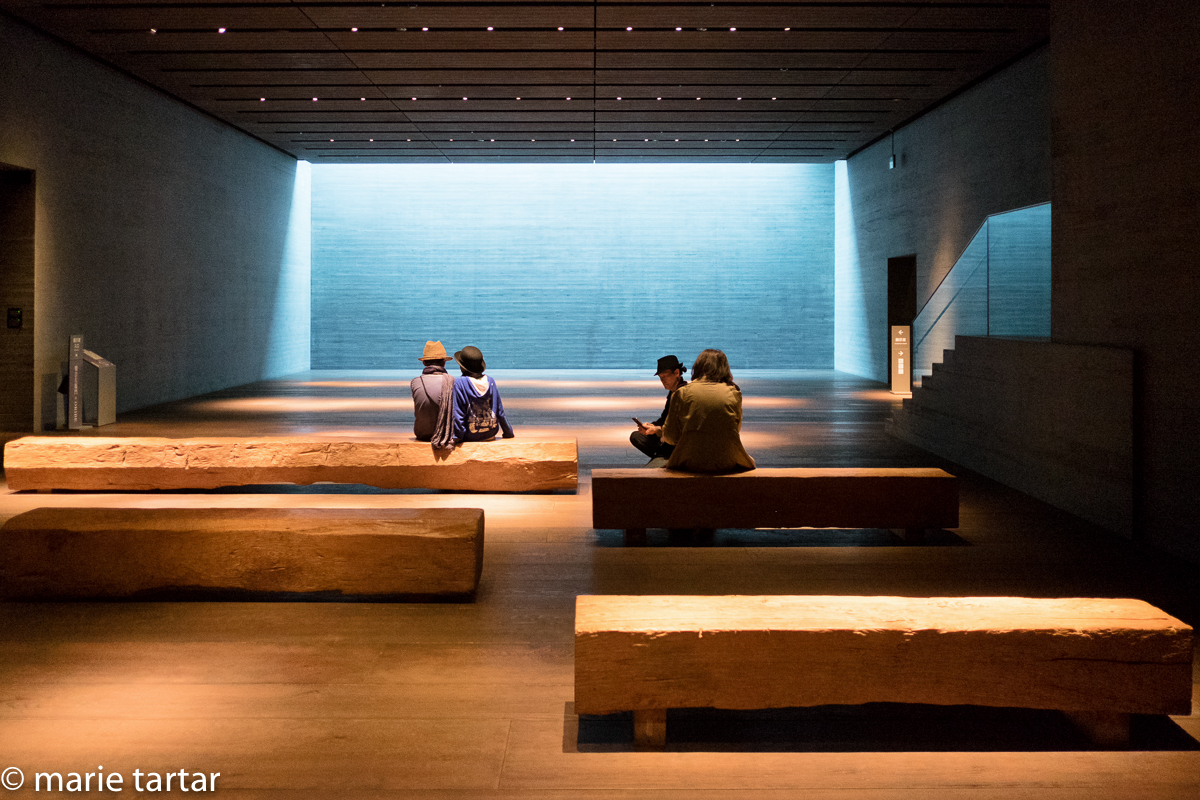
The Raku wing of Sagawa Art Museum is underground, beneath a large pool surrounding the museum. A beautiful watery light filters down into this contemplative space

Monastic, gorgeous mysterious space formed of board-formed concrete, with stunning use of light as an element: Sagawa Art Museum, Japan
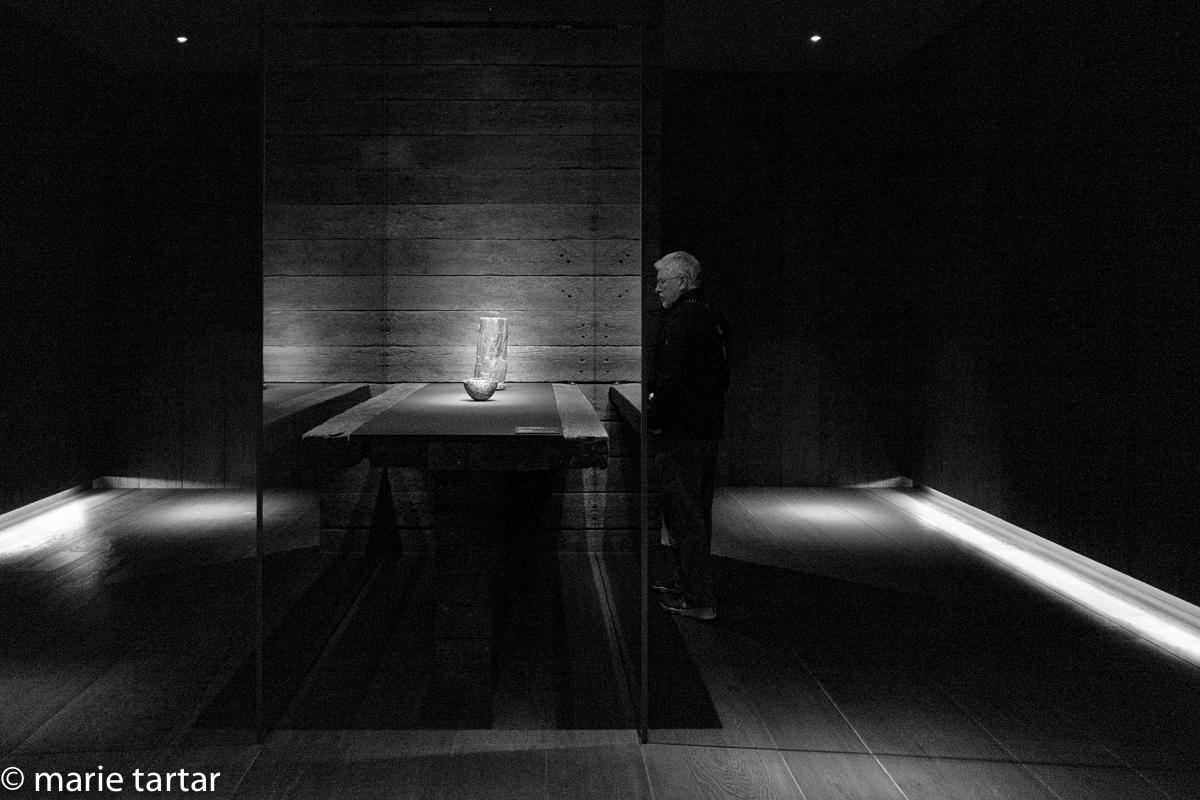
Steve admires a spotlit tea ceremony vessel display in the Raku wing of Sagawa Art Museum, near Kyoto
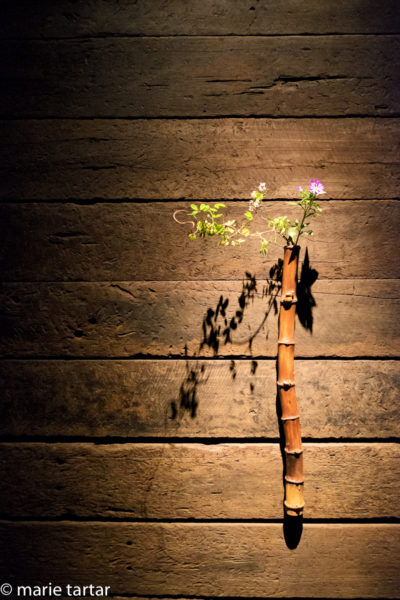
Ikebana against beautiful board-formed concrete walls in Raku wing of Sagawa Art Museum, in Moriyama, Japan
When we were done, the receptionist called us a cab and back to Kyoto we sped. Bus number 100 from the station hits many of eastern Kyoto’s tourist hotspots, from Kiyomiza-dera in the south, finishing at Ginkakuji in the north.
Robert’s street was more than usually resplendent, with the cherry trees lining the canal and Philosopher’s Path in full bloom and the segment in front of his house lit up, for the first time, to celebrate the 100th anniversary of an adjacent museum.
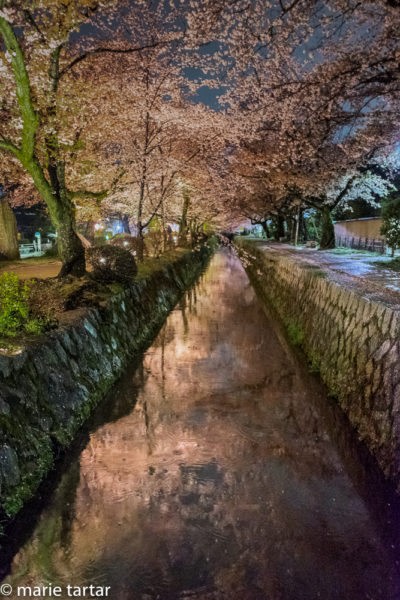
Philosopher’s Path, near Ginkakuji, illuminated for the first time during an outstanding sakura bloom
Steve had predicted, based on our past trip experience, dangerous incursions into our checkbook balance if we returned to Robert’s this trip.
It turns out he was oh-so right. The gallery is housed in a traditional Japanese house, looking out onto a verdant garden. Another couple from California arrived while we were there, with their children, who entertained themselves with a magic drum provided by Robert and their devices. After much debate, we finally settled on 3 items, including a large piece by a woman artisan, Hiruma Kazuyo, whose work we had fallen for the prior trip.
We had dinner plans in Gion, so headed south initially on foot, having the Philosopher’s Path to ourselves for virtually its entire length. The fact that it was wet from the day’s rain, covered in fallen cherry blossoms and dark might have had something to do with the solitariness of our promenade. But we enjoyed it. When it ran out, we headed west to a bigger street to hail a cab, which deposited us at Hanamikoji-dori, steps from Gion Rakuraku.
Satoshi-san was there, with 2 other pairs of Japanese diners at the long bar.

Proprietor of Gion Rakuraku, Satoshi Nakata, with a dish of young bamboo shoots, a seasonal speciality
We met him our last trip, thanks to our guide Naomi, who we met through Ralph and Gail. Naomi had pointed it out as her favorite for kaiseki cuisine and we had enjoyed it as well.
Friday, April 8, 2016
By evening we were due back in Tokyo at Narita, scheduled to fly to Manila for the diving segment of this trip. This would involve careful coordination, in order to incorporate a visit to Katsura Imperial Villa on the outskirts of Kyoto. We had applied for entry at our first opportunity, 3 days before, and this was our appointed time. The transportation options provided by the office wouldn’t be daunting ordinarily, but we wouldn’t have any time to spare. The tour started at 9 am, but required us to be there 20 minutes early, would last an hour or so, and it took an hour per the office to go by public transport. But the bus from Kyoto Station that took one within a 7 minute walk of the Villa didn’t run that frequently, I was warned. The subway and private train line option brought one within a 20 minute walk, but there could be a wait between the two.
Studying the map, Katsura didn’t actually look that far from Kyoto Station by driving. There being a time and place for cabs, I decided this was both.
We had arranged a cab pickup at 7:45 at the cherry blossom festooned, tiny canalside park by the apartment. We would cab to the station, stash our bags in lockers there, than grab another cab to Katsura.
This worked like clockwork, landing us there 20 minutes earlier than needed. I had stockpiled change, knowing the lockers required it, but was surprised to find the 500 Yen coin was too big. Luckily, the cabbie had change, and our 4 bags (2 rollers and 2 camera backpacks) were soon safely stashed in 2 large curbside lockers. I also managed to have our first cabbie wait curbside while this was effected, so we didn’t have to wait in a cab line for another.
Our friends Barb and Norm were responsible for raising our awareness of Katsura. Norm Applebaum is a preeminent contemporary organic architect and both are architectural and art appreciators of the first order, so their enthusiasm was contagious. The application process and waiting period for entry had always dropped the Imperial properties in priority for us. Thus, in 4 prior stays in Kyoto and Tokyo, we had never been to any of the Imperial palaces or villas.
The group was small (at least by Kyoto in springtime standards), about 25, and it was a quiet and peaceful experience compared with the crowds usually encountered at hanami events. Not surprisingly, it was regimented. The Japanese tour guide spoke in rapid fire, staccato Japanese, which was completely unintelligible to me. There was an English audio guide which worked fine. Sadly, although there was a gorgeous vista at every turn, there was no dawdling or hanging back from the group, with a burly and disapproving second guard bringing up the rear.
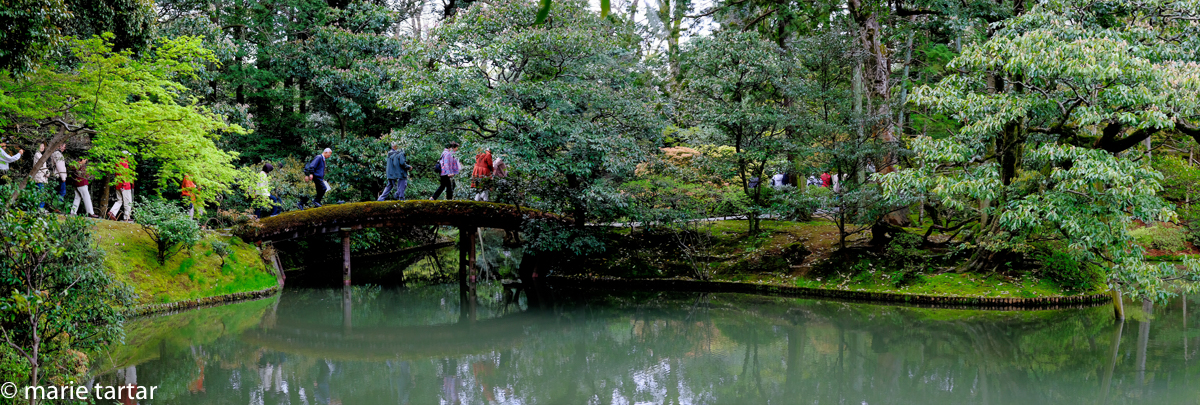
Photography was forbidden from the picturesque bridges at Katsura Imperial Villa, Kyoto, on safety grounds.
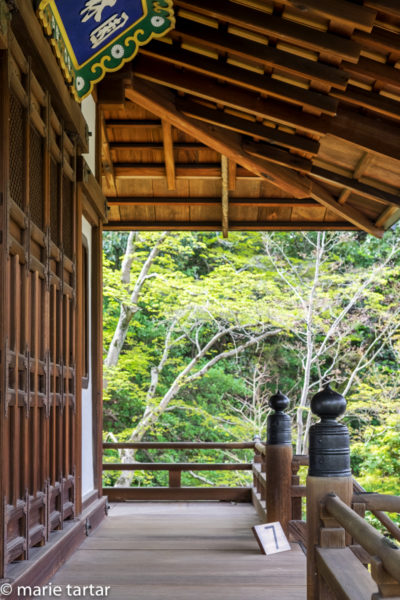
The spare buildings scattered on the grounds of Katsura Imperial Villa frame views of the gardens and lake
At the end of the tour, it was 10:20 am. I expected the receptionist to be willing to call us a cab, so was surprised to be handed a slip of paper with taxi phone numbers. It was clear I was on my own. Heading outside, I spied a cab in the parking lot, and made a beeline for it. The cabbie shook his head at our approach and made the Japanese sign for “not available” with forearms crossed. I prevailed on him to call us a cab. Just as he was chatting with someone on the line, he started, darted out of the vehicle, saying “Chotto made kudasai (Just a minute, please).” He made a beeline in the direction of the villa, where a cab had just disgorged a passenger, presumably arriving for a later tour. What luck!
Less than 15 minutes and less than $20 later, we were back at the station, collecting our bags and on our way to the shinkansen for the 2 hour 40 or so minute trip back to Tokyo Station. The JR rail pass was also good for the just under an hour Narita Express (NEX) train back to the airport.
One hundred dollars in storage fees later (4 bags for 5 days), we again were united with our dive gear and on our way to Manila. In Narita, we found our San Diego friend, dive master and Shark Diver CEO, Martin, waiting for the same plane to Manila as expected., bringing our cherry blossom extravaganza to an end, while launching our Anilao, Philippines macro and muck dive adventure, the subject of an eventual post!
-Marie
Of course, we didn’t get to every place we wanted to visit in Kyoto. Somehow, we always learn about another garden or museum that has to wait until the next visit. Two deferred for next visit follow:
Raku Museum
84 Aburanokôji Nakadachi-uri agaru, Kamigyo-ku, Kyoto,602-0923Tel: +81 (0)75 414 0304
Opening hours : 10:00 ~ 16:30 (last admission 16:00)
Closed: Mondays
Mirei Shigemori Garden Museum (garden designer’s home); 34 Kamioji-cho, Yoshida, Sakyokun, near Yoshida shrine
Contact: shima753@hotmail.com or call 075 761 8776
city bus 206 (stop Kyodai-Seimon-mae, walk east, right at fork)


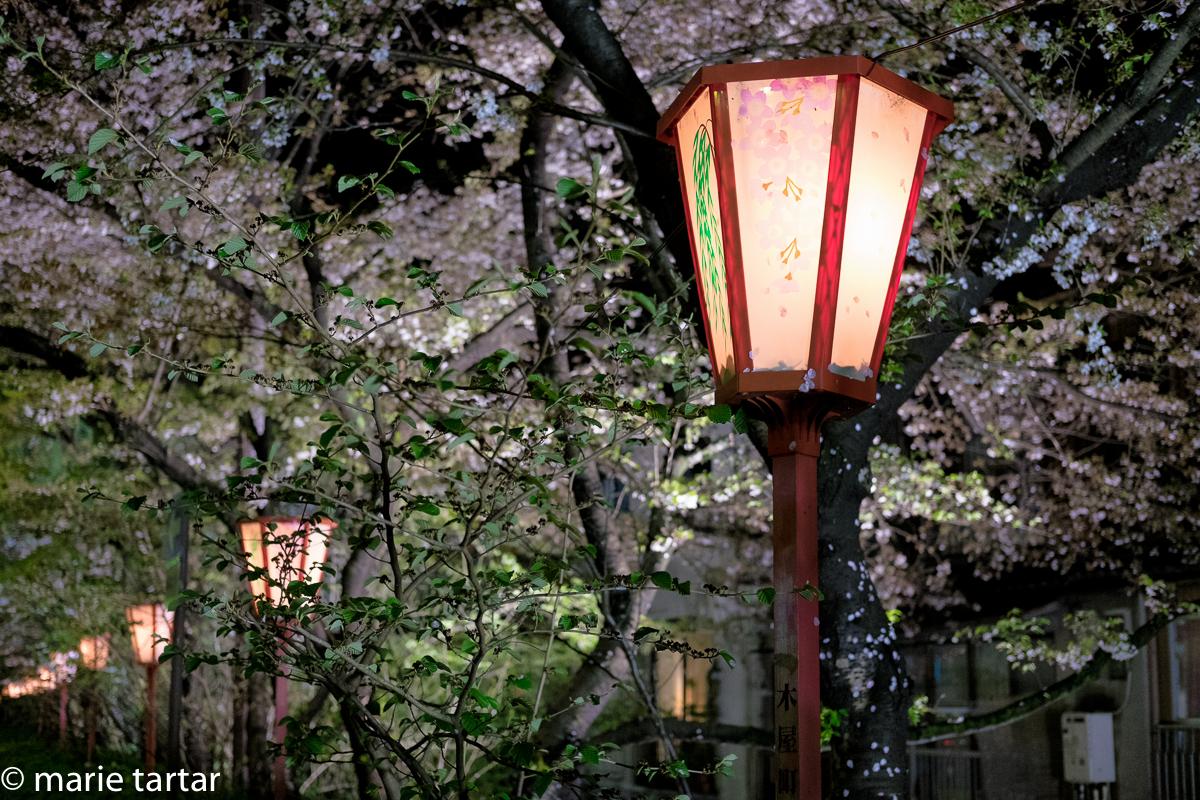
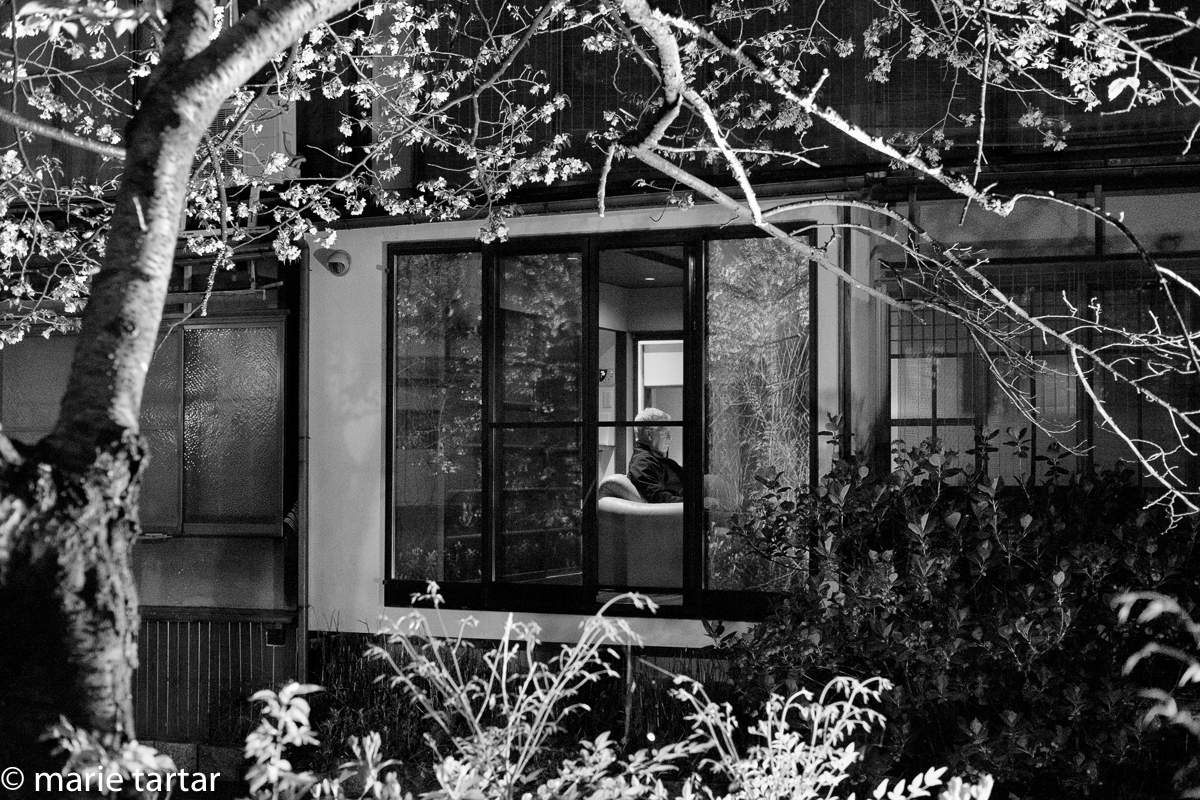
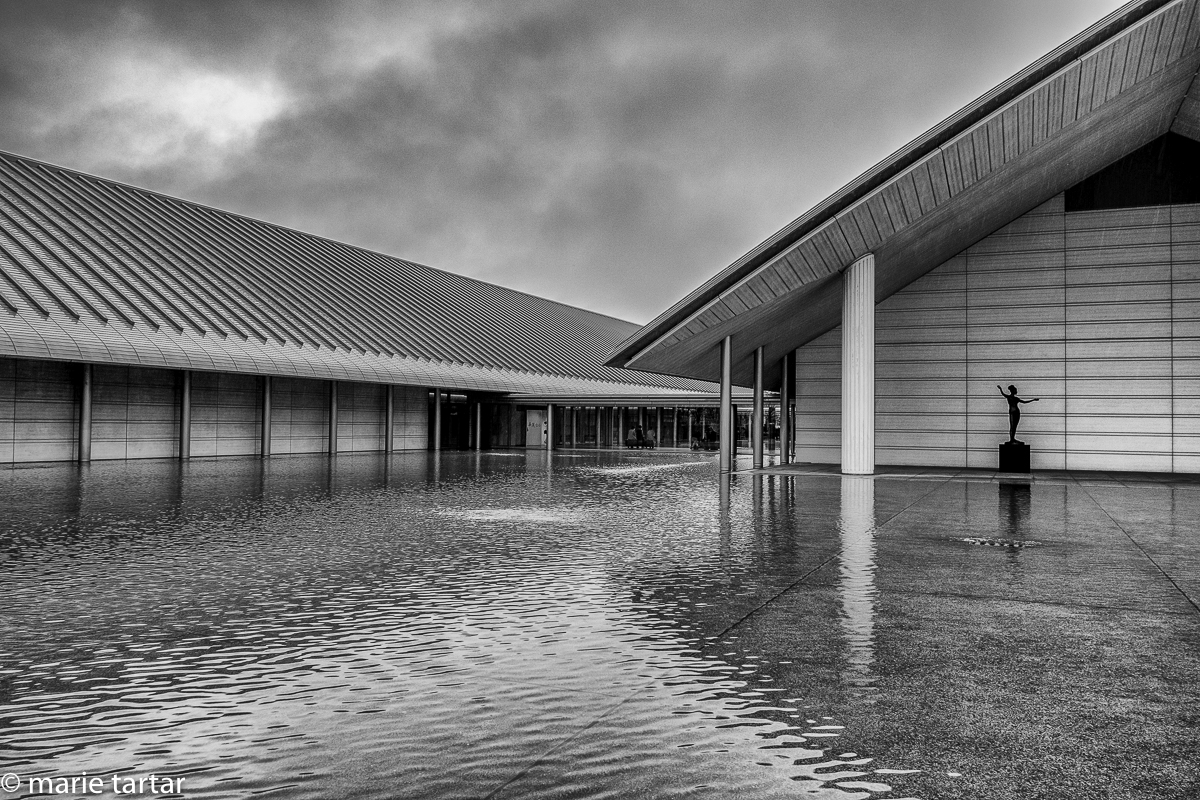
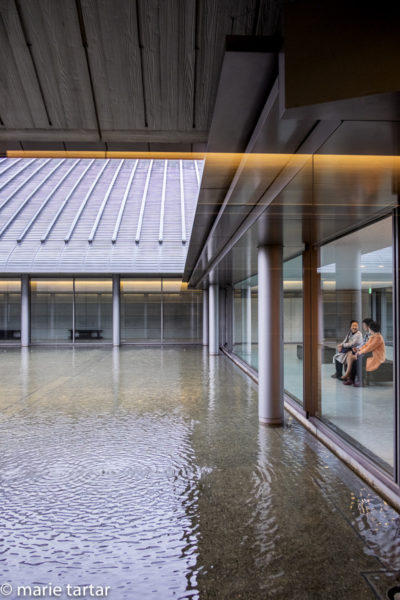

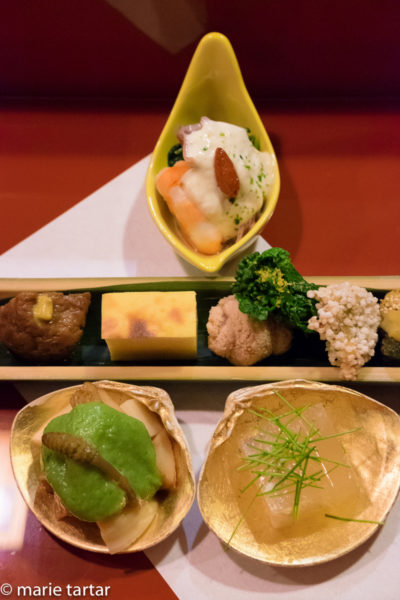

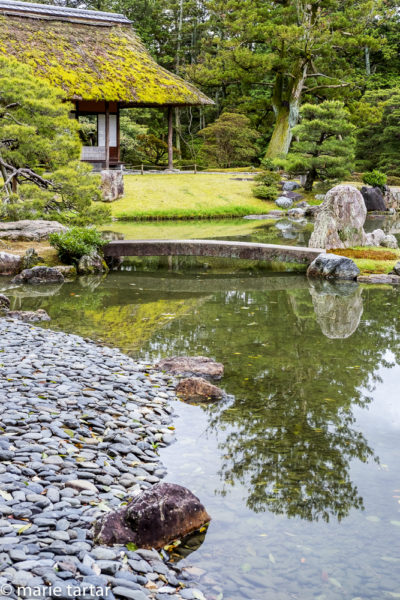
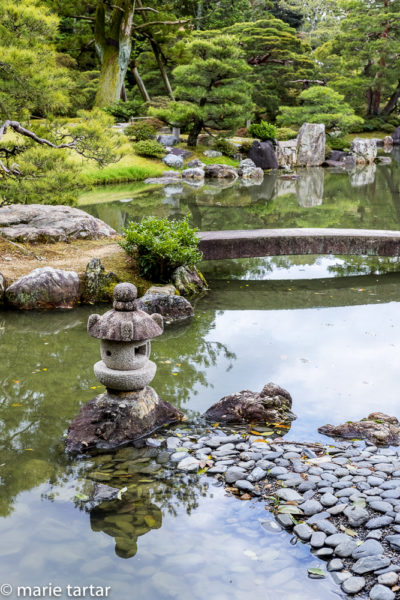
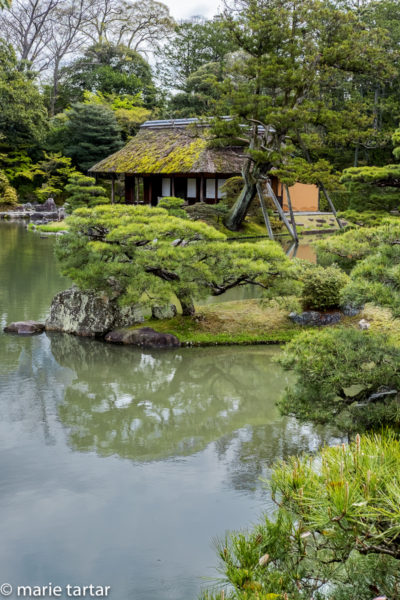

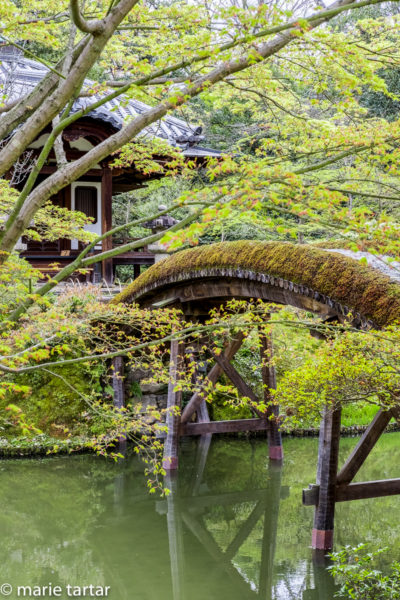
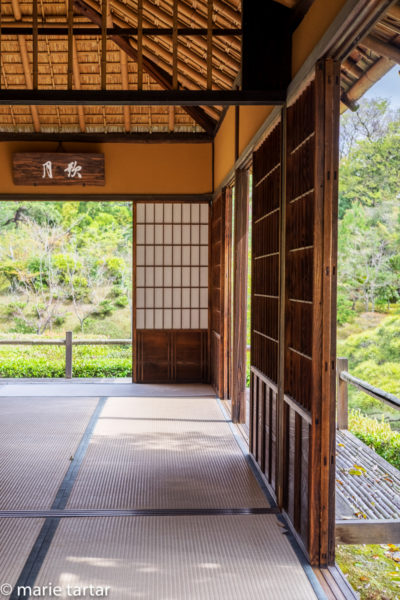

Gorgeous photos Marie! The tuirism bureau should absolutely buy some of these and use them to promote the area. I definitely want to go there after seeing these!
Thanks, Dave, there is a lot to like in Japan, and traveling on the efficient transport system is a pleasure.
-Marie
Taihen shibui! Waza-waza, kimi no “hoto” wa umain’n’desu, neh? Okini!
You do such amazing things with light. And the mossy bridge is utterly cool.
Beautiful photos! Amasingly beautiful. I almost heard “the sound of silence”. You really love Kyoto, don’t you?
Subarashii desu.
Arigatou gozaimasu, Mari-san! Hai, Kyoto-wa, totemo suki desu!
-Marie